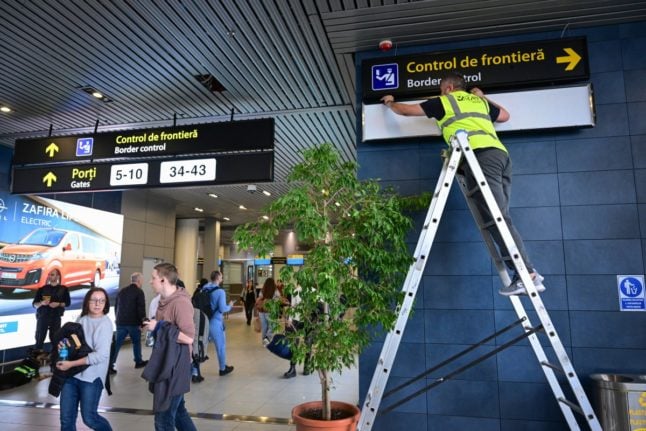Boris Johnson was cheered and booed at the French ambassador's Bastille Day party in London on Thursday, his first engagement as Britain's surprise new foreign secretary.
The top Brexit campaigner attended the July 14 party at the ambassador's residence and tried to “reassure” the French about his love for Europe.
But Johnson's charm operation earned a mixed reception from a party guestlist stuffed with business chiefs, diplomats, actors and writers who closely followed his campaign for Britain to quit the European Union in the June 23rd referendum.
“We are not leaving Europe, alright? It would be geographically, physically, culturally, aesthetically, emotionally and historically impossible,” Johnson said, to applause in the garden of the plush residence, a stone's throw from Kensington Palace.
The former London mayor said the vote instructed the government to find a new relationship with the EU.
“We will intensify the cooperation and partnership at an inter-governmental level, and forge a new global role,” he said.
With his mop of blonde hair as unruly as ever, Johnson could not resist his habit of delving into historical allusions, drawing comparisons between the Storming of the Bastille in Paris in 1789 and Britain's vote to leave the EU.
Guests cheered when he said: “Nothing that happens in the next months and years, in the course of the change in our relationship, should in any way, in my view, prejudice the rights of the French men and women living here in this city.”
“Their rights will be preserved,” he added, in French.
But at the end of his speech, he was both applauded and booed. “He shamelessly talks absolute rubbish,” said one French lady at the party, who did not want to give her name, but who had lived in the British capital for 30 years.
Johnson then had to stand and smile as France's Digital Affairs Minister Axelle Lemaire spoke about the virtues of the EU.
Lemaire spoke about a community of values, free movement of people and was applauded by guests. Johnson and the “Vote Leave” campaign had made limiting immigration a key plank of their pitch.
The soiree may well be a forerunner of the reception he may receive when he visits Brussels on Monday, his first foreign trip since being appointed on Wednesday by new Prime Minister Theresa May.
Johnson may struggle to convince them that divorce from the EU will result in closer cooperation and partnership.


 Please whitelist us to continue reading.
Please whitelist us to continue reading.
Member comments